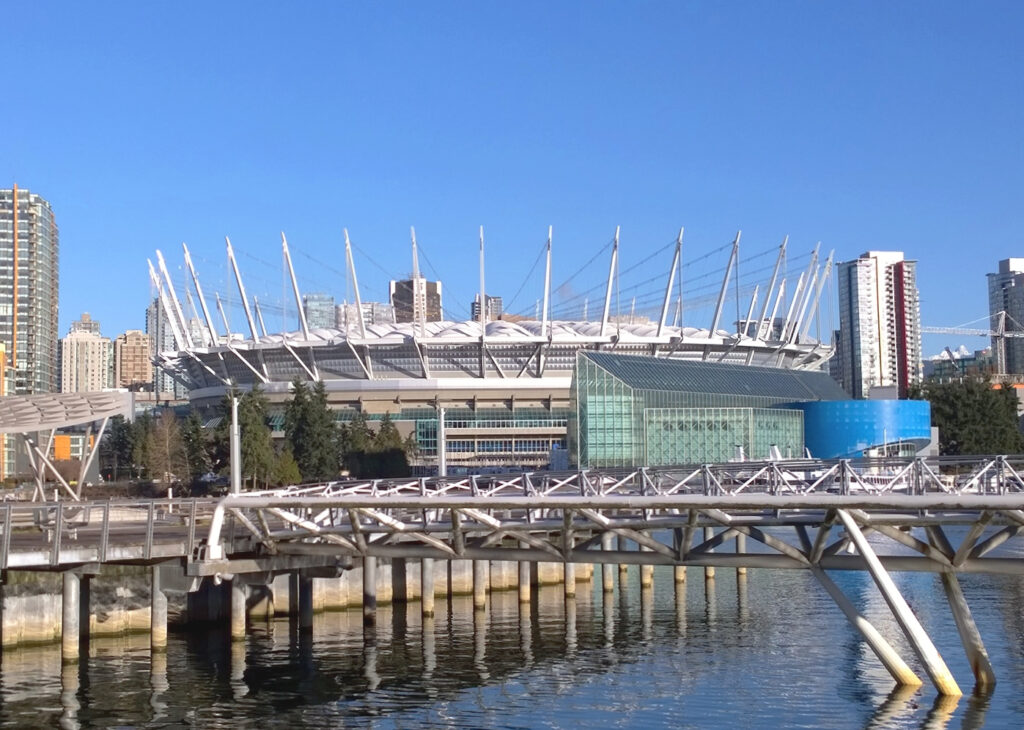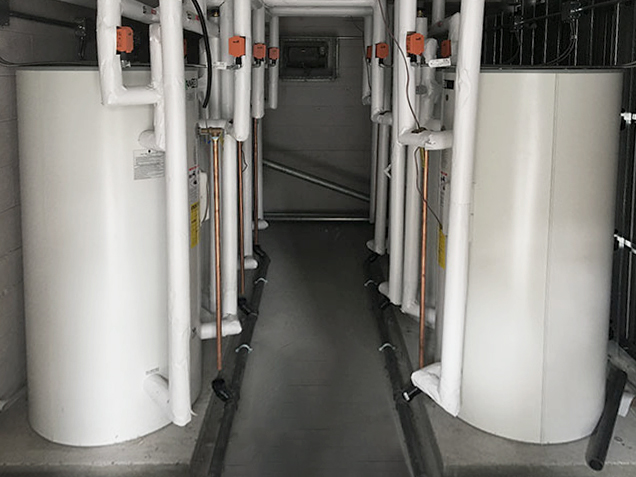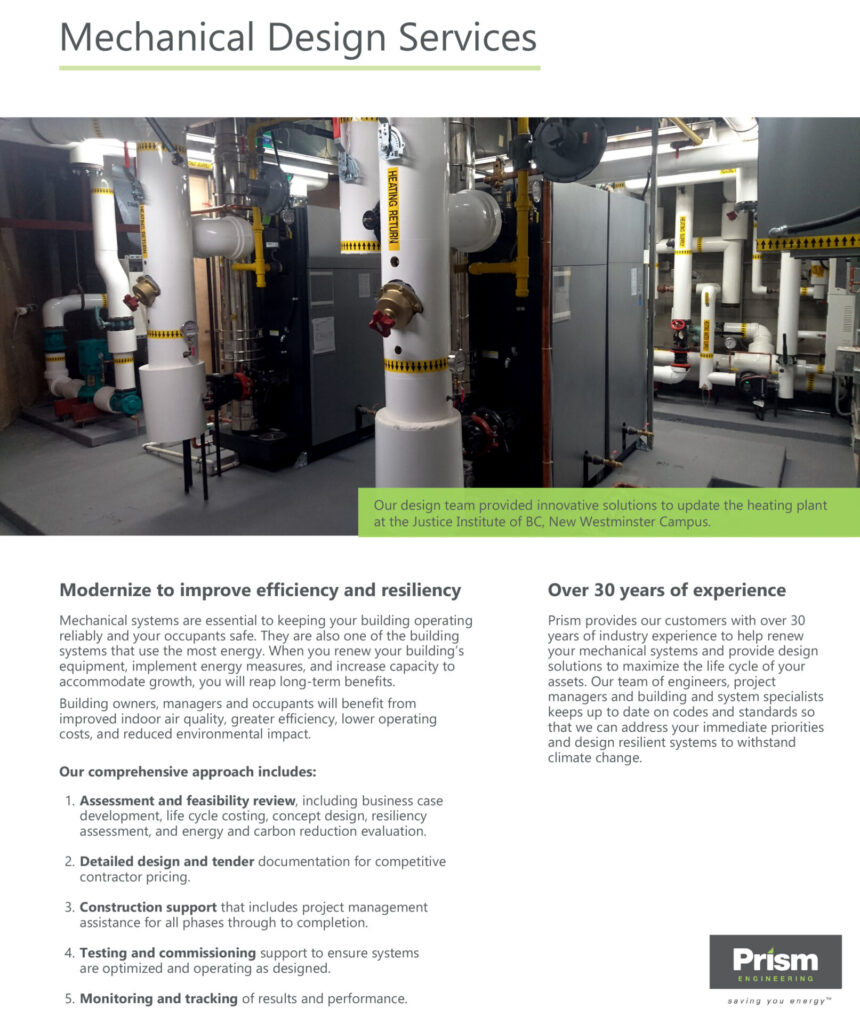Consulting engineers such as Prism can assess the situation, develop a strategy to modernize the building’s plumbing infrastructure, investigate options for system improvements and manage the retrofit process.
With over 30 years of experience working with existing buildings, our team can identify building challenges and overcome many operational issues. We pay close attention to how the plumbing system integrates with existing infrastructures and are adept at incorporating the most up-to-date solutions that work best with the existing building constraints.
Assessment
A detailed assessment of the existing plumbing system is performed using a camera inspection, visual survey and, in some cases, forensic testing. The results of the assessment will verify the existing pipe condition, determine if pipes are deteriorating, broken or sagging and establish the system’s life expectancy. An engineering analysis provides a summary of findings which identifies test sections, observed issues and test results. Based on the testing results, the engineering team can provide recommendations on system upgrades, system life extension or replacement along with preliminary budget for recommended actions and capital upgrades.
Design
We also provide detailed design services to replace aging systems that comply with current code requirements, local bylaws, sustainability improvements and industry standards. In some cases, a design can trigger additional requirements from municipalities such as sewer or water infrastructure replacement. This can potentially result in unexpected costs and construction challenges. However, we leverage our experience and knowledge to help clients anticipate and navigate through the project expectations.
We continuously seek ways to reduce our carbon footprint and waste through sustainability designs. When possible, we will review opportunities to implement sustainable solutions to help reduce the building’s impact. The use of low-flow flow fixtures, rainwater recycling, efficient equipment and grease interceptors can help protect the building’s infrastructure and provide cost savings to our clients.
Implementation and construction support
Once the design is awarded to a contractor, our team will work closely with the construction team and owner to ensure that construction goes as smooth as possible. Since existing buildings often contain hidden challenges such as hidden structural elements, critical height limitations and space constraints, the construction schedule and costs can often be impacted. Our team understands that the impact of these unexpected problems and will work quickly with the team to adapt the design to suite existing conditions.



